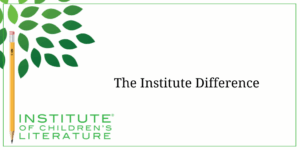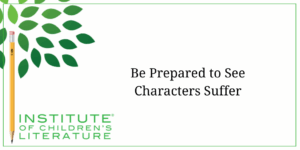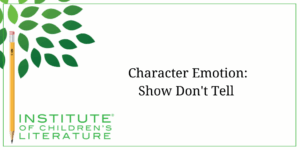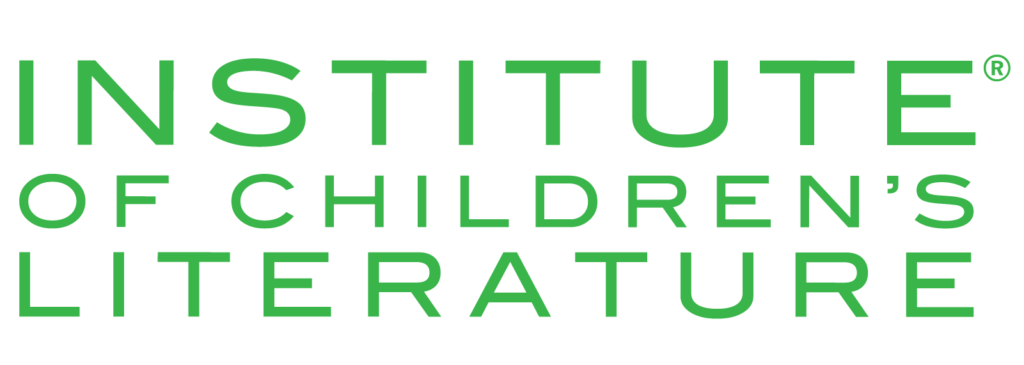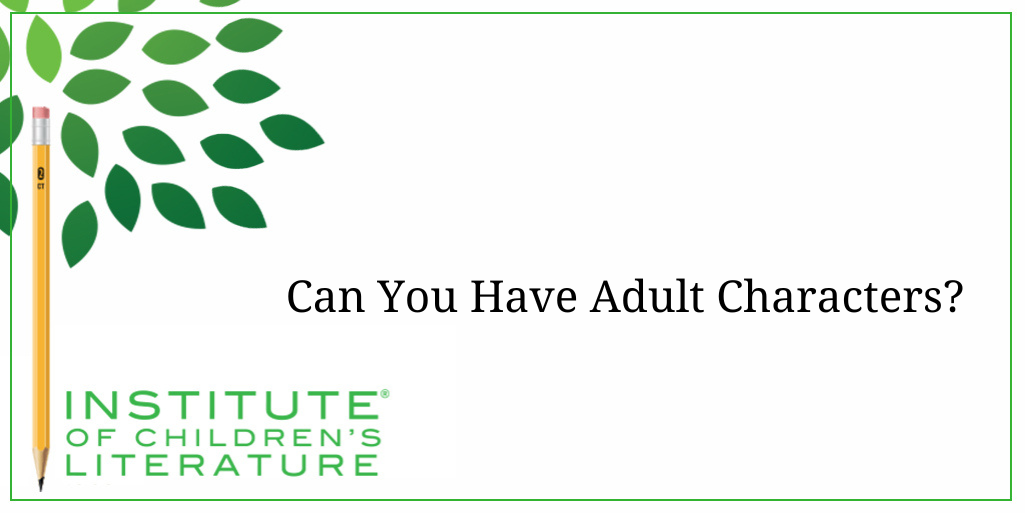
- Date: July 10, 2025
- Author: Jan Fields
- Category: Writing for Children Blog
- Tags: adult characters, adults in kidlit, building
We teach our students how to write and get published!
View our Course Catalog >
Can You Have Adult Characters?
Recently, in a New York Times opinion piece, a literary critique bemoaned the lack of adults in children's books. In fact, the writer suggested the child-centric books might be bad for children's development in some way. For anyone who spends much time reading children's books, it can be hard to understand how anyone could think children's books lack adults. How could they lack adults when adults are constantly part of the life of real children? Sure, there are some speculative fiction stories for teens where all the adults disappear, leaving only the children, but those are few and far between. Most children's books contain adults. What they don't do, or don't do often, is feature the adult characters. But the adults are there. 
Picture books often fall into two categories, the biggest being those focused on interactions with others. These often contain adults as many of the “others” that children interact with are family, including adults. Much of the “Love” picture book trend was about love between a parent or grandparent and a child, and those books were very popular in the recent past and continue to be published though in smaller numbers today. The second popular picture book topic involves overcoming something. In those books, if the main character is a human child, there is almost always an adult. If the main character is a child stand-in (usually an anthropomorphized animal), the creature tends to have either adult animals playing the role of parents or the creature is “adult coded” and lives independently or with a friend. So, in fact, the largest trends in picture books have adults.
What is Really Going On?
Most books for children feature main characters who are either children or characters who share important traits with children. For example, some picture books have featured elderly people as main characters. This is because the elderly tend to share traits with children. They are often overlooked. They run into situations where they lack power. They can be “eccentric.” The traits of adult eccentricity are often traits the character shares with children: an unusual life view, extreme emotional reactions, frequent frustration, and/or impulsiveness. This sort of character is someone a child can relate to, even though the character is not a child.
Thus, children do tend to be the stars of the show in children's books. Why do most children's books feature main characters who are children or are like children in some way? The answer to that is simple: readers tend to like characters they can relate to. A “normal” adult is difficult for a child or even a teen to relate to. Sure, kids can be interested in learning how to deal with adults, but they aren't really pining to learn about the inner life of adults, because they cannot relate to the things adults worry about. Now, if you have a main character who is having adventures and has some sort of characteristic the reader can relate to (impulsiveness, or fearfulness, or worry they won't be able to overcome), then kids will enjoy it even if it's an adult. But if you're going to send an adult out alone on an adventure, what exactly makes it a children's book instead of an adult book? Length? Tone? Improbability?
Go Ahead and Keep Your Adults
 Kids do appreciate books that give them insights into how to deal with adults. But those books are tricky to write. You have to do it from a place of respect for the young reader. Some people hated the Berenstain Bears series because the father was often portrayed as a bit dim. The people who disliked the books knew adult men weren't normally completely incompetent. The critiques of the stories felt the portrayal of the father was disrespectful.
Kids do appreciate books that give them insights into how to deal with adults. But those books are tricky to write. You have to do it from a place of respect for the young reader. Some people hated the Berenstain Bears series because the father was often portrayed as a bit dim. The people who disliked the books knew adult men weren't normally completely incompetent. The critiques of the stories felt the portrayal of the father was disrespectful.
Now, if you accept that that is a reasonable concern, you have to recognize that kids aren't likely to appreciate being portrayed as completely incompetent, sulky, whiney, and in constant need of fixing. It's disrespectful. And writers who approach children's stories and children's books from the viewpoint of needing to “fix” readers are going to have trouble creating a character kids will relate to.
The issue of respect for the reader is one reason the kind of morality tales, where children act out or disobey and terrible things happen as a result, that were once considered a valuable part of children's reading are no longer popular. These were stories based on the idea that kids were in danger of running amok if not frightened into compliance. It really shouldn't be a surprise that kids didn't actually love them (well, some kids enjoyed mocking that kind of story, but they didn't tend to admire them, and publishers today aren't interested in them).
Basically, it helps to think about what you enjoy in a story. If the character in a story that was most like you was weak and in need of fixing and correcting by the other characters, you would probably not like it much. Kids aren't choosing stories because they want something medicinal. Young readers choose books for many of the same reasons as adult readers, and they choose a fiction story based on the belief that it will be entertaining. Being nagged or lectured is not particularly entertaining.
Now, if you absolutely need to include a moral in your story, consider using humor to deliver it. Literary medicine is more easily consumed with humor, whether it's for young readers or adult readers.
Which Adults Work Best
Keeping in mind that you will probably want to keep these adults in secondary, or even peripheral, roles, let's look how what your adult character needs. Adults that young readers can relate to and admire make good characters, especially if they're doing something interesting or adventurous. That doesn't mean they need to be perfect. Perfect adult characters are even worse than perfect kid characters. Make them flawed but make them admirable. Adults who see the kid characters as potential allies or sources of good sense make good adult characters. 
Adult villains who are going to get their just desserts can be included too. Make your villains interesting, but don't be afraid to make them villainous. But whether the character you're creating is a good guy or a villain, be careful of adult characters kids can't relate to who want to steal the show. Those creep in most often when the writer for young people cannot relate to their audience and are relating more to the adult, often the parent, character they've created. We've all been kids, but not all of us have retained an admiration or respect for kids. Check your own motives to see if you might be approaching the wrong market for your stories—not because adults aren't welcome in stories for kids, but because the wrong kinds of adults will mess up the story.
What's the best way to figure out the range of adult characters that work in kid books? Take a visit to your public library to read dozens of books for the age group you aspire to write for. Check out blurbs for books coming out soon. Read excerpts. Watch the adults. See what they have in common. As always, you can learn a lot from the writers succeeding right now. Reading teaches writing. So don't forget to do your reading when crafting adult characters for your children's books. It will keep you from making the kind of mistakes that will keep your book out of publication. Happy reading!
Related Articles for Building Characters
With over 100 books in publication, Jan Fields writes both chapter books for children and mystery novels for adults. She’s also known for a variety of experiences teaching writing, from one session SCBWI events to lengthier Highlights Foundation workshops to these blog posts for the Institute of Children’s Literature. As a former ICL instructor, Jan enjoys equipping writers for success in whatever way she can.

